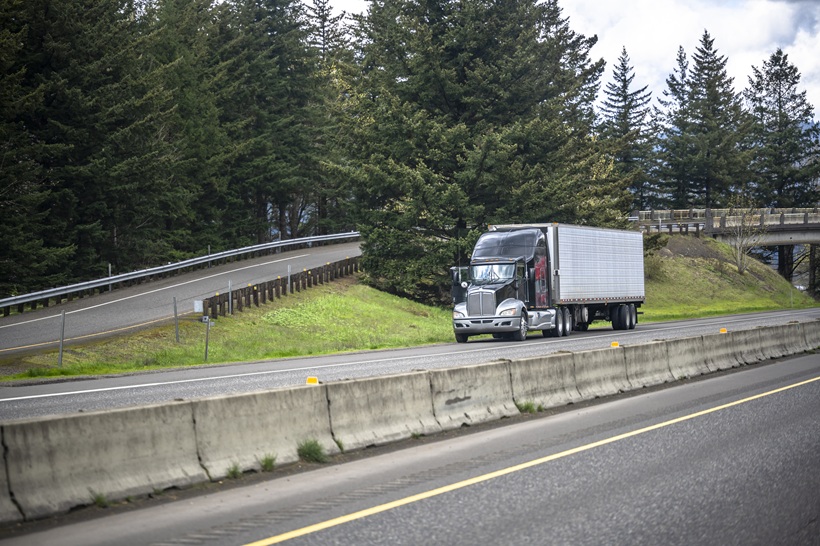
How Small Carriers Can Pack a Big Punch in Freight Visibility
The demand for freight visibility is intense. Blame it on the “Amazon Effect,” or whatever you will, but the impacts are felt by all shippers, third-party logistics (3PL) and motor carriers. Each has customers expecting to have the same, instant access to delivery information on truckload shipments as they do on parcels delivered to their doorsteps.
Demand for freight visibility has only accelerated during the past 18 months of global supply chain disruptions, manufacturing delays and depleted inventories.
According to a pre-pandemic survey in 2019, shippers and freight brokers lacked confidence in carriers’ ability to achieve visibility due to the challenges integrating multiple data systems.
Much has changed since 2019, and today large carriers may not have an advantage over what a small fleet can provide shippers and freight brokers who are expecting continuous tracking updates.
Transflo recently published a guide, “8 Genius Ideas to Maximize Value from Existing Telematics Data,” that explains how a small fleet, Condesa Freight International, is offering its customers a level of freight visibility that is difficult for much larger competitors to match.
Condesa Freight International rises to the challenge
San Antonio, Texas-based Condesa Freight International may only have 20 drivers but its service advantage with freight visibility equals or exceeds the capabilities of larger competitors. Travis Hamdan, general manager of Condesa, says the fleet is using the Transflo Telematics platform to achieve maximum visibility. Here’s how they did it.
1. Use mobile driver app
Condesa developed a custom web portal for customers to monitor the status of domestic and cross-border shipments. The visibility portal frees dispatchers from answering calls and emails from customers and gives keeps them informed if conditions change. “If a shipment has issues, dispatchers can respond before the customer is aware of the problem,” Hamdan said.
2. Use mobile driver app
Shipment tracking data for the portal comes from API connections with the fleet’s Transflo Telematics platform, powered by Geotab. When Condesa assigns a vehicle to a load, the customer receives a temporary URL for tracking the status of the shipment from beginning to end.
3. Use mobile driver app
Customers receive text updates about the shipment along the way. The updates appear on the left side of a map view that displays the current location and breadcrumb trail. The updates come directly from drivers who use the company’s Transflo Mobile+ app to enter text and select from a list of shipment milestones such as “checked in at gate,” “loading” or “unloading.”
Drivers also enter the Bill of Lading number, load seal number and other shipment details into the app.
Conclusion: Freight visibility increases efficiency and profits
Condesa Freight International’s revenues have increased by getting more repeat business from shippers and freight brokers that use its visibility portal, Hamdan said. The technology also makes the office staff more efficient by drivers updating shipment status at all hours. As a result, dispatchers do not need to contact drivers for shipment information and possibly interrupt them during hours-of-service rest breaks.
To discover other ways to get more from your technology investments, be sure to request your copy of the guide, “8 Genius Ideas to Maximize Value from Existing Telematics Data.”



